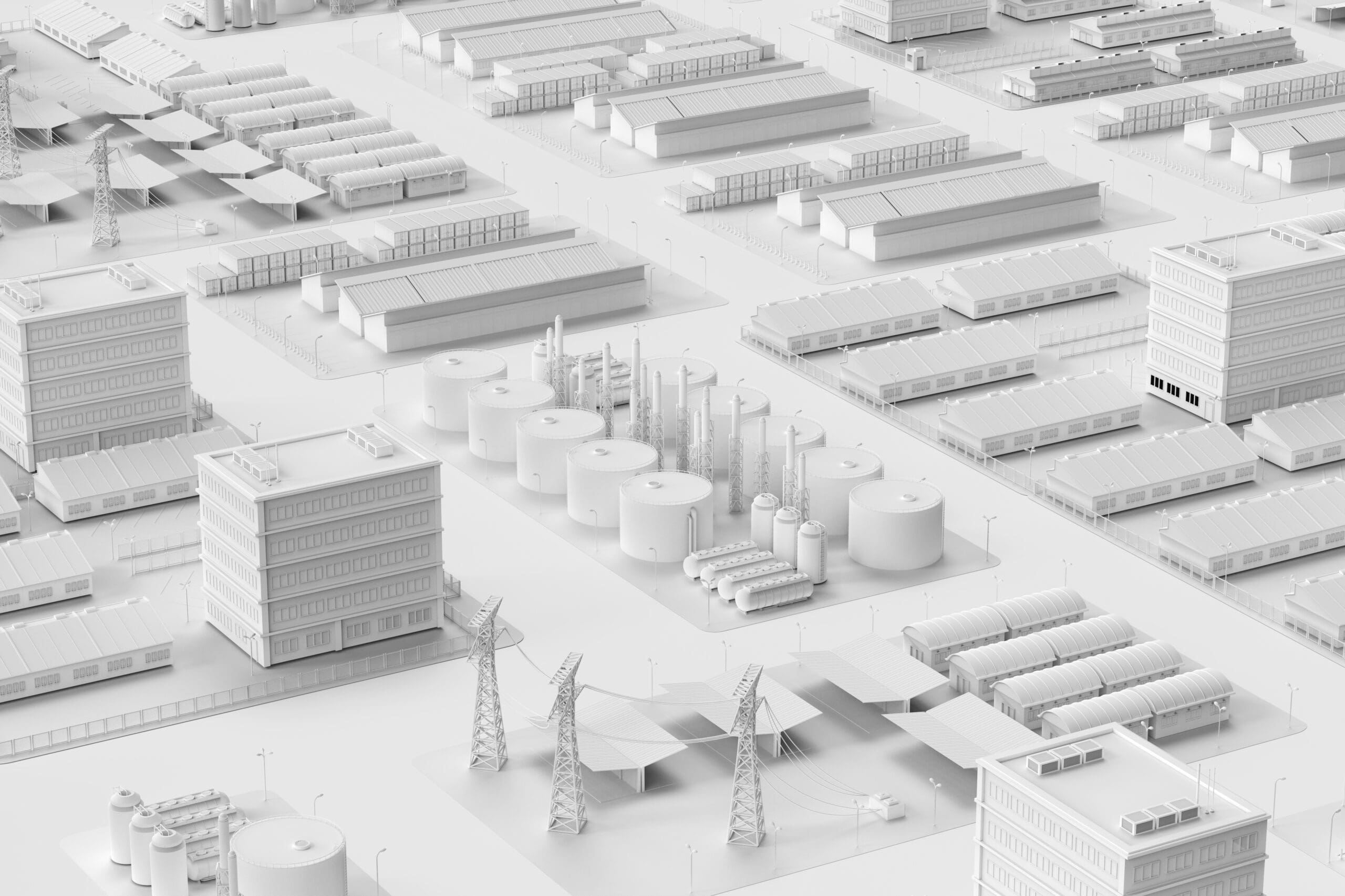As part of our next major release for EpochField, we are moving to a new offering in the way of SaaS. As part of this article, I’d like to address some of the industry trends that have led us to this decision and an exciting new chapter for EpochField and our existing and new customers.
EpochField integrates with multiple back-office IT systems such as GIS and Enterprise Asset Management (EAM). This integration becomes even more critical now that EpochField 5.0 supports scheduling and dispatch with Work Scheduler. These IT systems invariably are deployed on-premise with customizations to support the utility’s unique business processes. Together with the practice of certain accounting rules, it was a natural decision for us to launch EpochField supporting this on-premise model of implementation. With this model, after implementation, the utilities IT team would take over day-to-day support of EpochField and have complete autonomy of the environment to be successful with the architecture.
However, one of the significant drawbacks to the on-premise model has been the impact on the support team. Software vendors continue to evolve their products which for Epoch is two major releases per year, and taking into account some of the other major back-office system upgrades taking 1-3 years and migrations in virtual hardware infrastructure, the utilities IT staff is completely consumed upgrading and replacing all these systems.
So, how do we free up these IT resources to focus on non-support items and internal innovation and increase their bandwidth? There are lots of reasons for a software vendor choosing SaaS as a deployment strategy for its products. Still, it is why it is valuable for our customers, which is the primary driving factor here at Epoch.
- A SaaS architecture allows the utility to evolve with the latest new features in quick iterative releases and, through the automation factor, relatively cheap to test and deploy.
- SaaS vendors provide automated patch releases and upgrades across all the products. This needs to be done seamlessly to the business and efficiently, especially when dealing with geographically and intermittently connected field personnel. This in itself is a huge time saver for internal IT personnel.
- A large part of the business we support with utilities is dependent on seasonal processes and events. For example, subcontracting a large pole inspection project for the spring/summer in a climate that has major ground freezing or mutual aid crews being enabled in the event of a major hurricane. Through a SaaS architecture, the licensing and scaling on the solution are automatic and metered, so you only pay for what you need and, therefore, no need to overprovision. Imagine the scaling of internal architecture for that once-in 2-year event that may hit your service territory. This factor is probably one of the most significant selling points of cloud solutions.
- For a utility trying to attract new talent, legacy/aging infrastructure is probably the most significant factor in losing good internal IT talent. With SaaS, it leverages modern software tools and practices but also allows the internal talent to work on new and innovative internal projects.
In summary, SaaS takes away the cost and mundane tasks that running on-premise software has. It also forces good software practices and helps enforce configuration over customization, which is the path of destruction for many utilities. We often say that utilities all do the same thing but differently. SaaS helps enforce best practices.
As a final point, while SasS will become an offering that we feel will benefit customers, we will continue to offer on-premise implementations to support customers whose internal policies need it. The improvements we are planning in EpochField architecture will benefit even these implementations.




